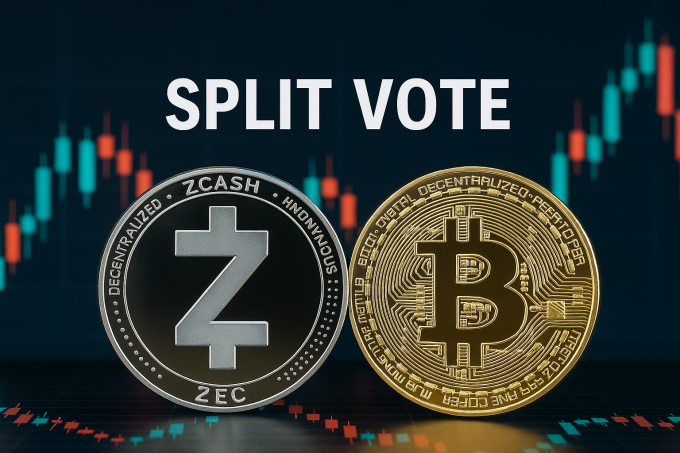Spark Repositions Amid Shifting DeFi Market Landscape
Spark, one of the largest decentralized finance protocols with more than $9 billion in total value locked, has decided to pause the development of its consumer-facing mobile app, opting to concentrate on strengthening its institutional and liquidity-focused operations. The move reflects a strategic recalibration at a time when competition in consumer crypto apps is intensifying, even as institutional adoption of tokenized liquidity solutions begins to accelerate.
Sam MacPherson, CEO of Phoenix Labs — the core developer behind the Spark protocol — said in an interview at Devconnect Buenos Aires that the team reassessed its strengths and decided to “double down” on core DeFi infrastructure rather than compete in the crowded retail app ecosystem.
“We view our edge as largely in the DeFi-native crypto space,” MacPherson said. “We are not builders of consumer apps, and this space is very competitive. When we do go in, we want to be certain we have an edge.”
A Strategy Shift Toward Institutional Liquidity
Instead of pursuing new retail experiences, Spark will focus on scaling “liquidity infrastructure and deals” designed for institutional adoption. Central to that strategy is the protocol’s recently announced $1 billion investment into PayPal’s PYUSD stablecoin — a deployment aimed at deepening liquidity and expanding the stablecoin’s onchain footprint.
The sizable investment, made using Spark’s balance sheet, highlights the protocol’s pivot toward large, balance-sheet-backed institutional operations rather than direct-to-consumer offerings. The goal, MacPherson said, is to strengthen the backbone of DeFi liquidity and align the protocol with high-volume partners looking to build scalable, regulated stablecoin frameworks.
These institutional partnerships are increasingly viewed as the next major growth vector for DeFi platforms, especially as global payments companies, fintech lenders and stablecoin issuers deepen their blockchain integrations.
Why Retail Expansion Is on Hold
Spark’s leadership emphasized that the mobile app is not permanently canceled but paused until market conditions offer clearer advantages or differentiation strategies. MacPherson acknowledged the sector’s tendency for projects to “get distracted doing too many things at once,” stressing the need for disciplined focus.
The decision stands in contrast to moves by rival DeFi giant Aave, which recently announced the launch of its new retail yield app. MacPherson wished Aave success but underscored that Spark sees the direct-to-consumer market as highly saturated and strategically misaligned with its strengths.
“It’s an exciting development, but it’s a competitive environment,” he said. “We’re sticking to what we do best.”
The divergence highlights a broader split within DeFi: whether protocols should chase consumer engagement or focus on infrastructure that supports institutional-scale financial flows.
DeFi’s Evolving Role in Institutional Markets
Spark’s recalibration comes as the regulatory environment around stablecoins and DeFi infrastructure matures globally. Large institutions have shown increasing interest in tokenized liquidity pools, blockchain-based settlements and onchain money markets — areas where Spark aims to strengthen its role.
If the protocol succeeds, it could become a key liquidity layer underpinning corporate stablecoin issuance, fintech settlement pathways and wholesale lending markets.
While Spark’s consumer app ambitions are on hold, the protocol appears to be positioning itself at the center of an emerging institutional DeFi architecture — one increasingly defined by deep liquidity, balance-sheet-driven partnerships and enterprise-grade settlement rails.













https://shorturl.fm/Iw3tD